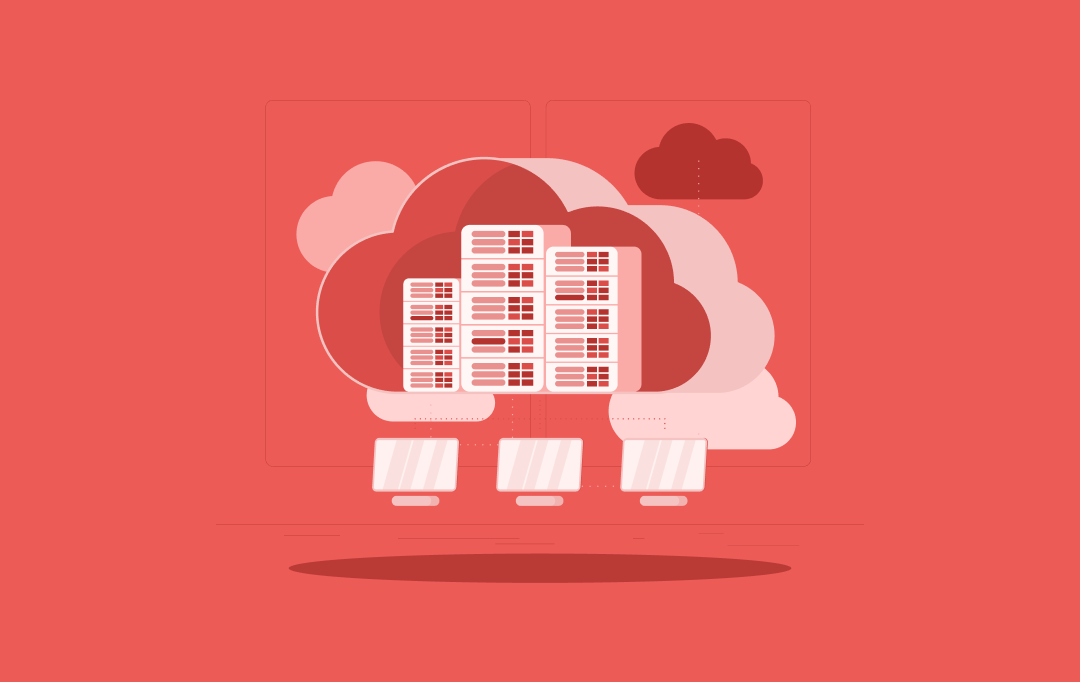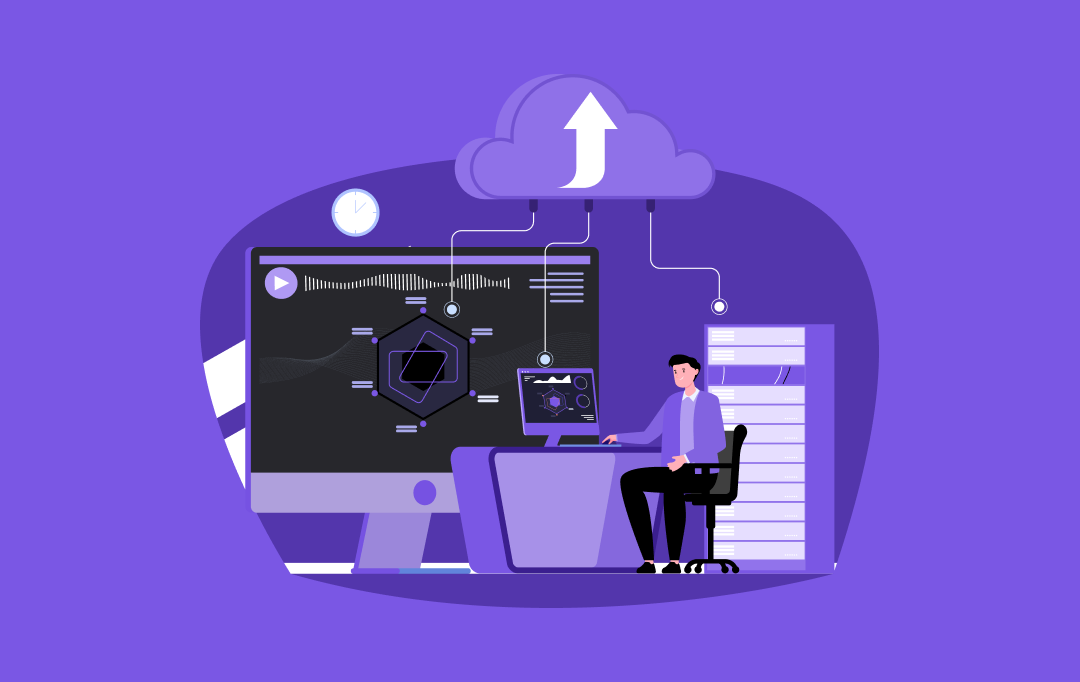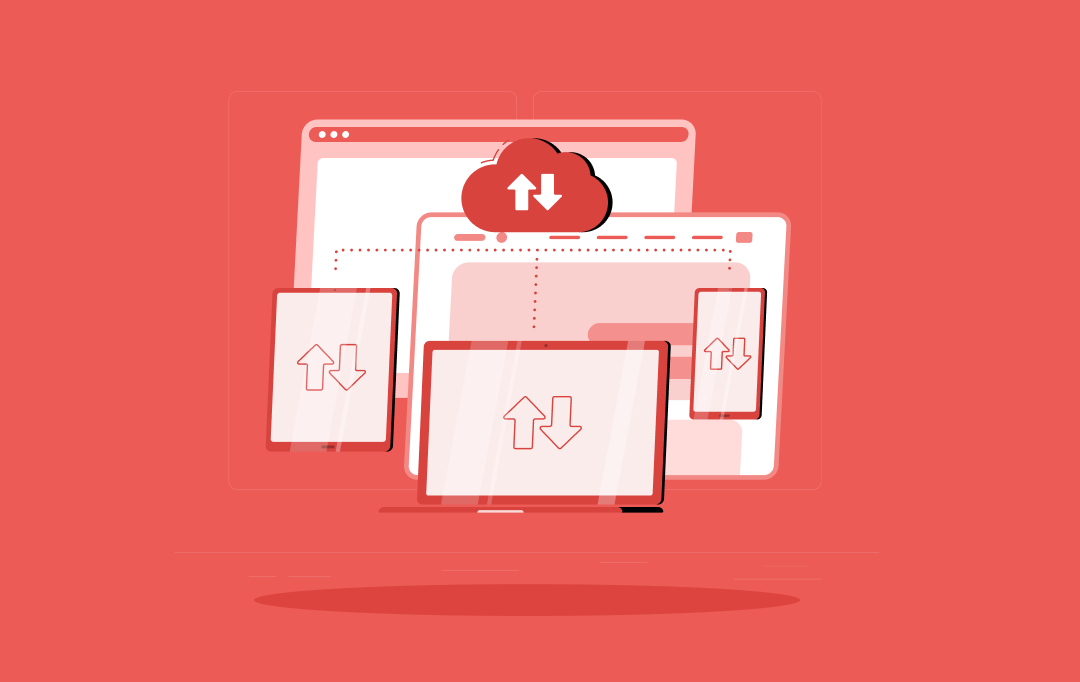Autoscaling is one of the prominent features of the Kubernetes cluster. Once configured correctly, it saves administrators’ time, prevents performance bottlenecks, and helps avoid financial waste. It is a feature wherein the cluster can increase the number of pods as the demand for service response increases and decrease the number of pods as the requirement decreases.
One of the ways in which Kubernetes enables autoscaling is through Horizontal Pod Autoscaling. HPA can help applications scale out to meet increased demand or scale in when resources are no longer needed. This type of autoscaling does not apply to objects that can’t be scaled.
In this article, we will take a deep dive into the topic of Horizontal Pod Autoscaling in Kubernetes. We’ll define HPA, explain how it works, and provide a detailed tutorial to configure HPA. But before that, let’s first understand what is Kubernetes.
So, without further ado, let’s get started!
What is Kubernetes?
Kubernetes is an open-source container management tool that automates container deployment, container scaling, and load balancing. It schedules, runs, and manages isolated containers running on virtual, physical, and cloud machines.
Kubernetes Horizontal Pod Autoscaling (HPA) :
The Kubernetes Horizontal Pod Autoscaling automatically scales the number of pods in a replication controller, deployment, or replica set based on that resource’s CPU utilization.
Kubernetes has the possibility to automatically scale pods based on observed CPU utilization which is horizontal pod autoscaling. Scaling can be done only for scalable objects like controller, deployment, or replica sets. HPA is implemented as a Kubernetes Application Programming Interface (API) resource and a controller.
With the controller, one can periodically adjust the number of replicas in a deployment or replication controller to match the observed average CPU utilization to the target specified by the user.

How does a Horizontal PodAutoscaler work?
In simpler words, HPA works in a ‘check, update, check again’ style loop. Here’s how each of the steps in that loop work:
1. Horizontal Pod Autscaler keeps monitoring the metrics server for resource usage.
2. HPA will calculate the required number of replicas on the basis of collected resource usage.
3. Then, HPA decides to scale up the application to the number of replicas required.
4. After that, HPA will change the desired number of replicas.
5. Since HPA is monitoring on a continous basis, the process repeats from Step 1.

Configuring Horizontal Pod AutoScaling
Let’s create a simple deployment :-
kind: Deployment #Defines to create deployment type Object apiVersion: apps/v1 metadata: name: mydeploy #deployment name spec: replicas: 2 #define number of pods you want selector: #Apply this deployment to any pods which has the specific label matchLabels: name:deployment template: metadata: name: testpod8 #pod name labels: name: deployment spec: containers: - name: c00 #container name Image: httpd ports: - containerPort: 80 #Containers port exposed resources: limits: cpu: 500m requests: cpu: 200m
Now, create autoscaling
- kubectl autoscale deployment mydeploy –cpu-percent=20 –min=1 –max=10
Let’s check the HPA entries.
- kubectl get hpa
Final thoughts
We hope this blog was helpful in understanding how Kubernetes Horizontal Pod Autoscaling works and how it can be configured. HPA allows you to scale your applications based on different metrics. By scaling to the correct number of pods dynamically, you can utilize the application in a performant and cost-efficient manner.
In case you still need help with the working of Horizontal Pod Autoscaling or want to know more about it, you can contact a trusted and reliable cloud solutions services provider like Appinventiv.


- In just 2 mins you will get a response
- Your idea is 100% protected by our Non Disclosure Agreement.

How to Build a Robust Multi-Cloud Strategy for Future Readiness
Key takeaways: Multi-cloud adoption is growing and 76% of enterprises have already embraced multi-cloud environments. Avoiding vendor lock-in is a major driver for businesses moving to multi-cloud strategies. Cost optimization and enhanced security are key benefits of multi-cloud adoption. Businesses must align their multi-cloud strategy with business objectives for scalability, security, and innovation. Seamless integration…

How Cloud Analytics Helps Businesses Make Data-Driven Decisions Faster
Key takeaways: Cloud analytics accelerates decision-making by offering real-time insights and scalability. Businesses gain cost efficiency, enhanced agility, and improved accuracy with cloud analytics. Leveraging AI and big data empowers faster, smarter decision-making in industries like e-commerce, healthcare, and finance. While implementing cloud analytics, businesses face challenges like data security and integration, but there are…

Transforming Legacy Systems with Cloud Migration: The Whys and Hows
Key takeaways: Legacy systems hinder innovation, security, and agility, making cloud migration a strategic imperative. A successful legacy to cloud migration hinges on careful planning, choosing the right strategy, and robust execution. Benefits of cloud migration for legacy systems include enhanced scalability, fortified security, and significant cost optimization. Industry-wide use cases demonstrate the transformative power…
















